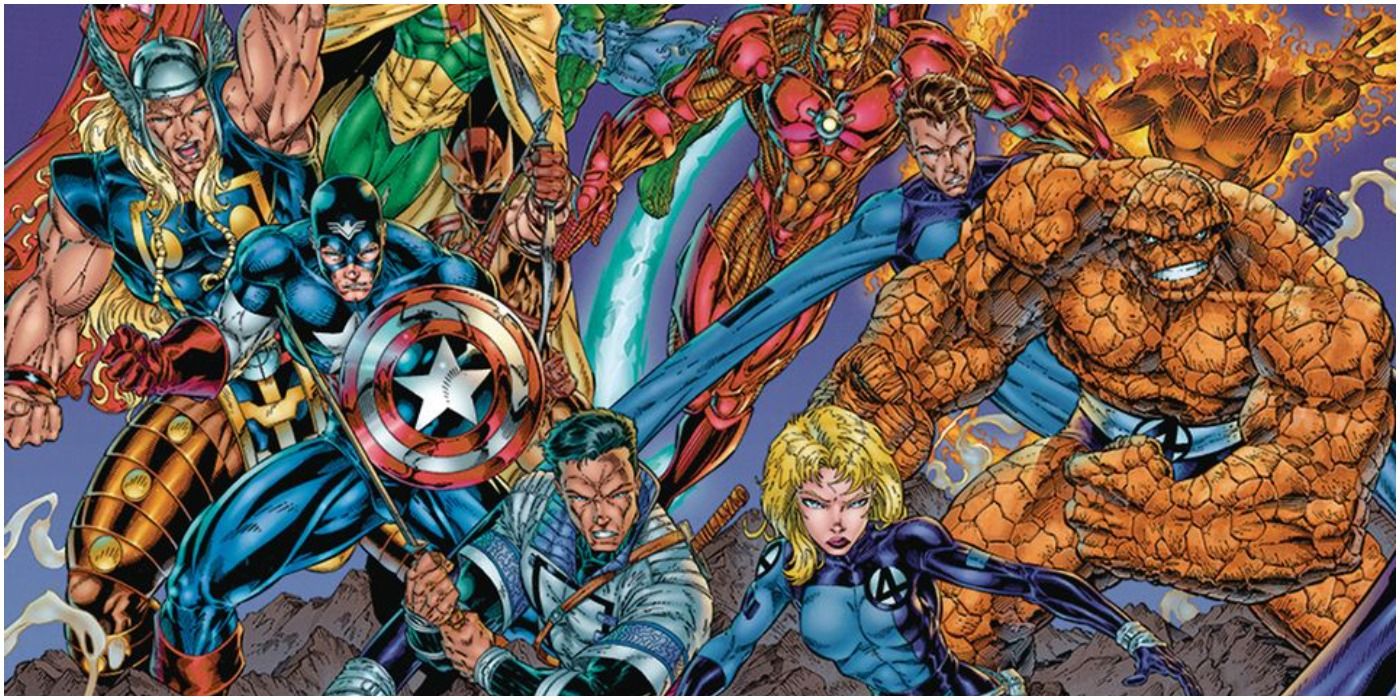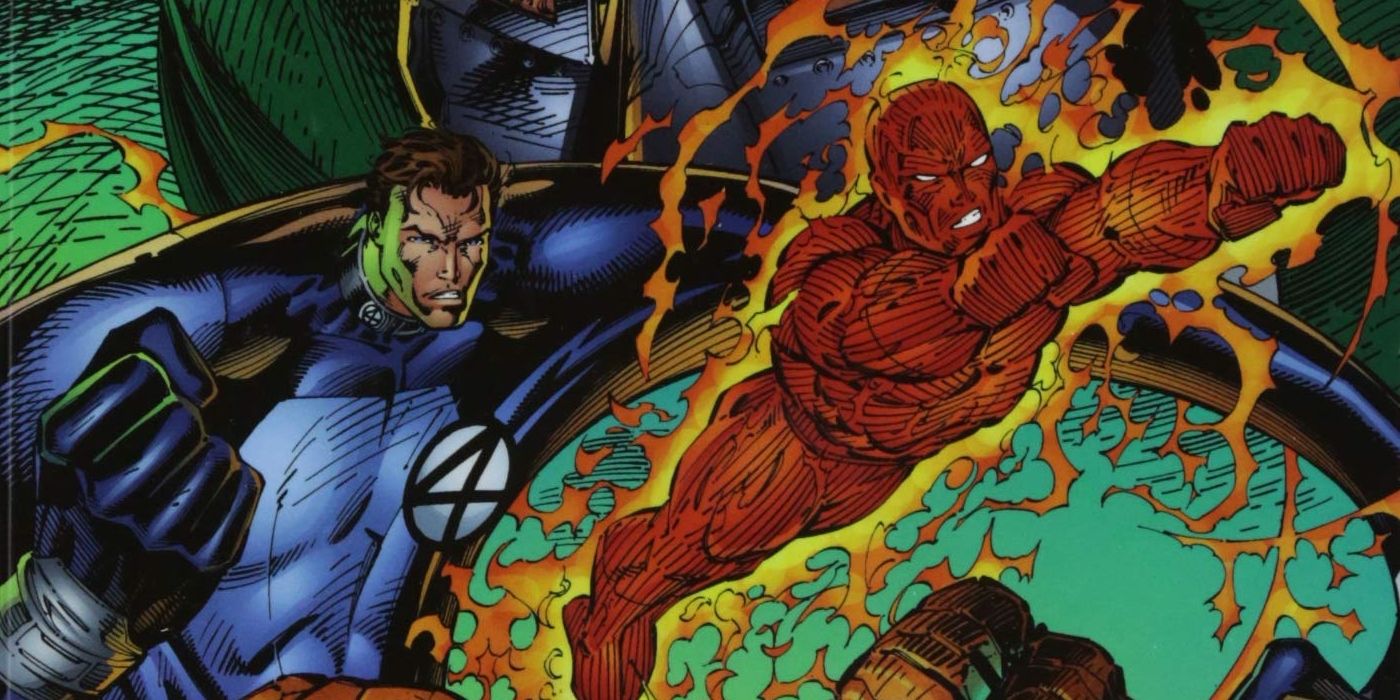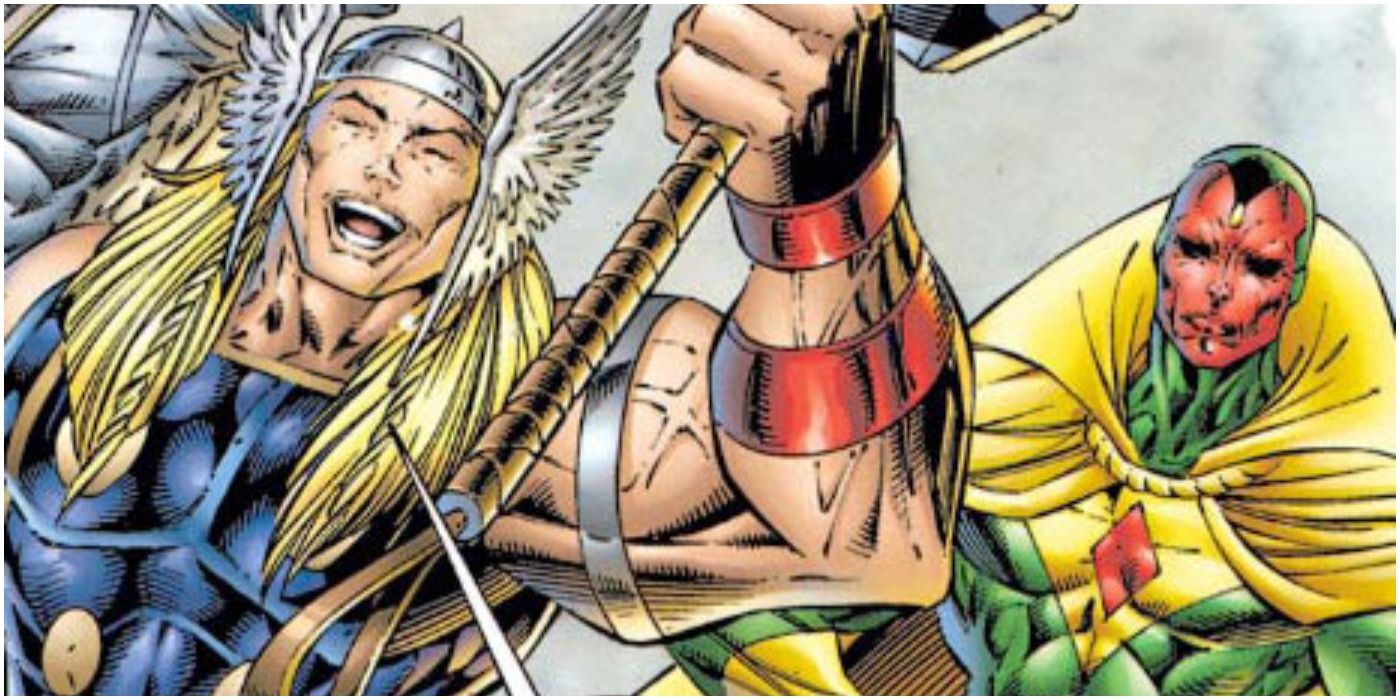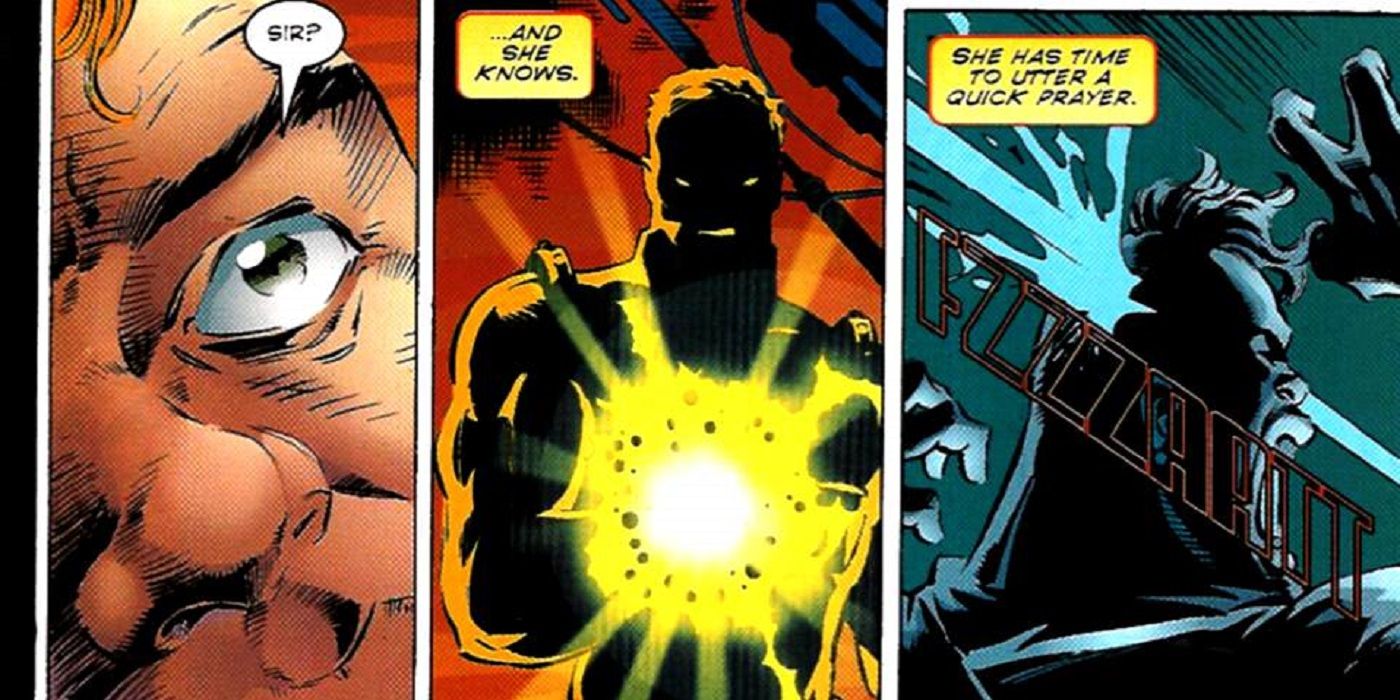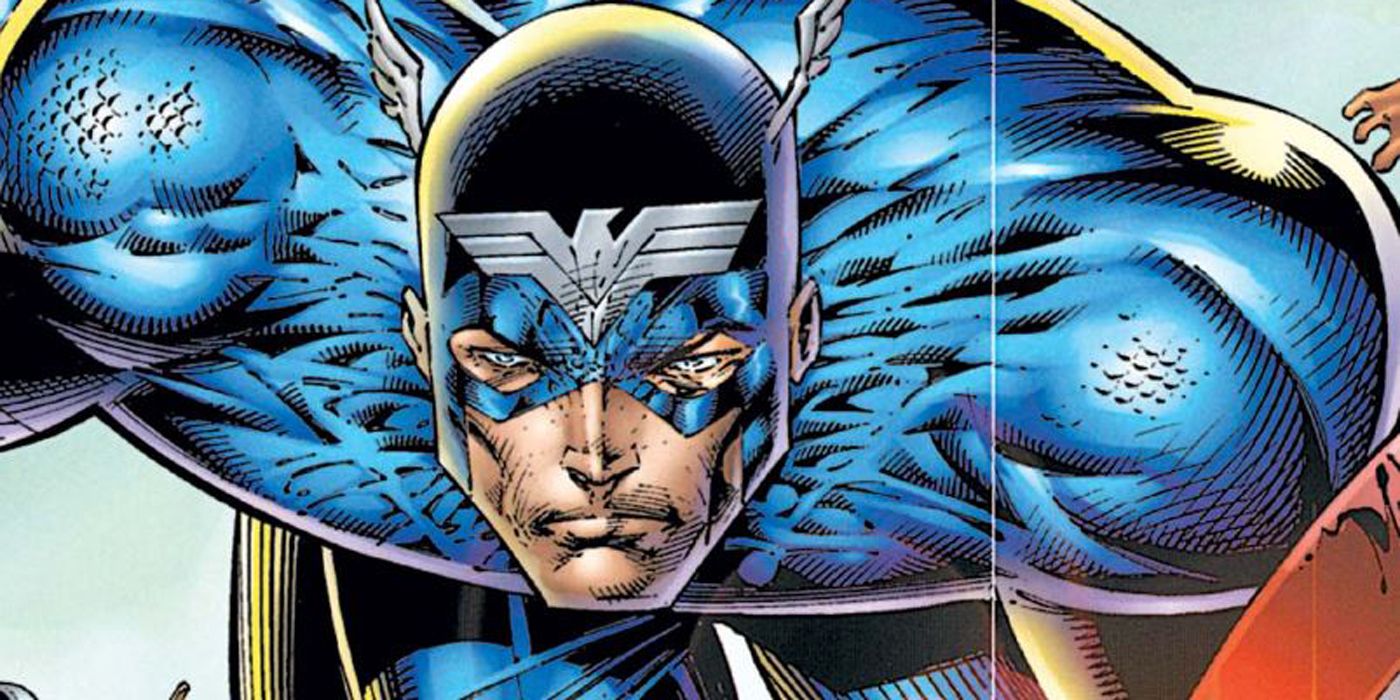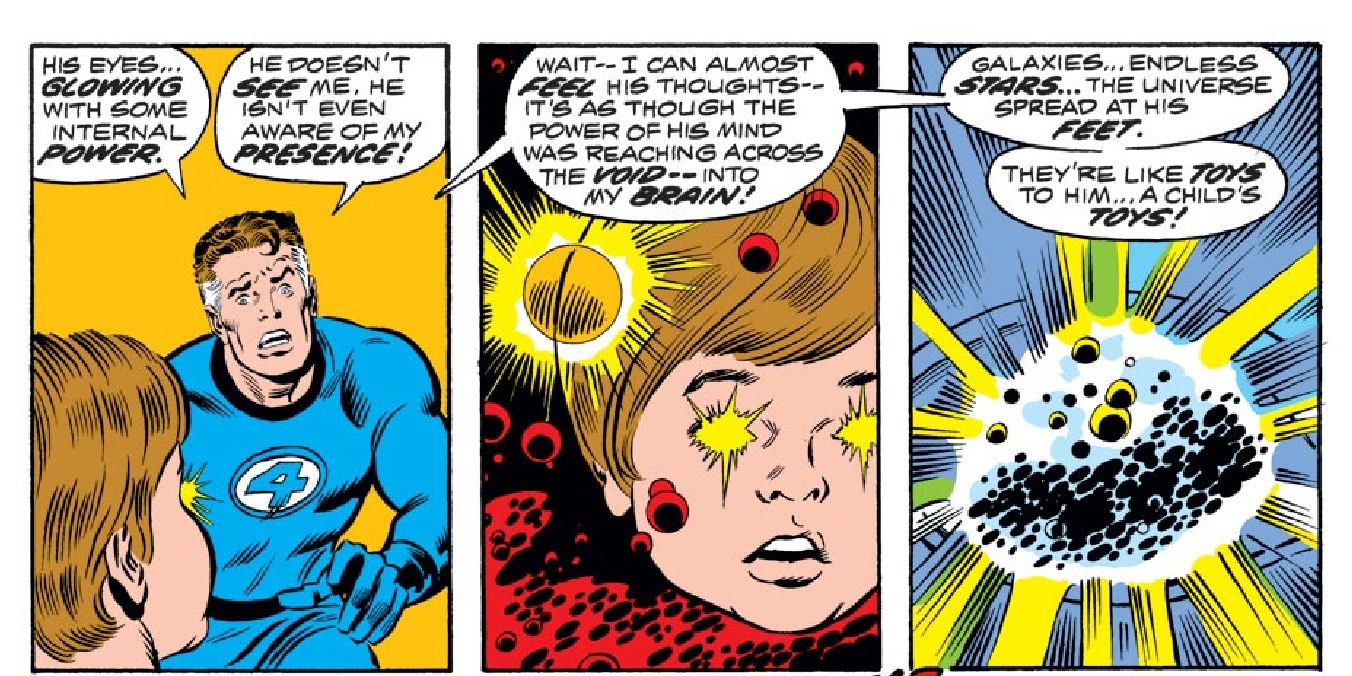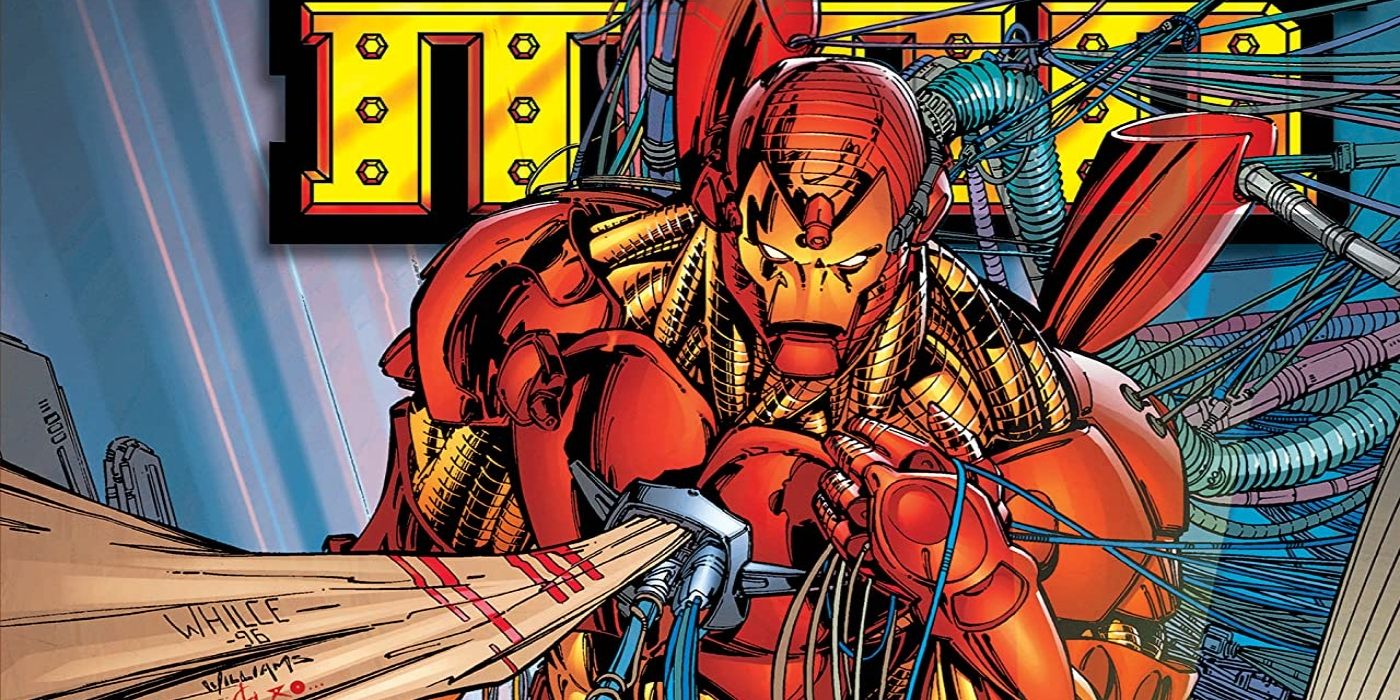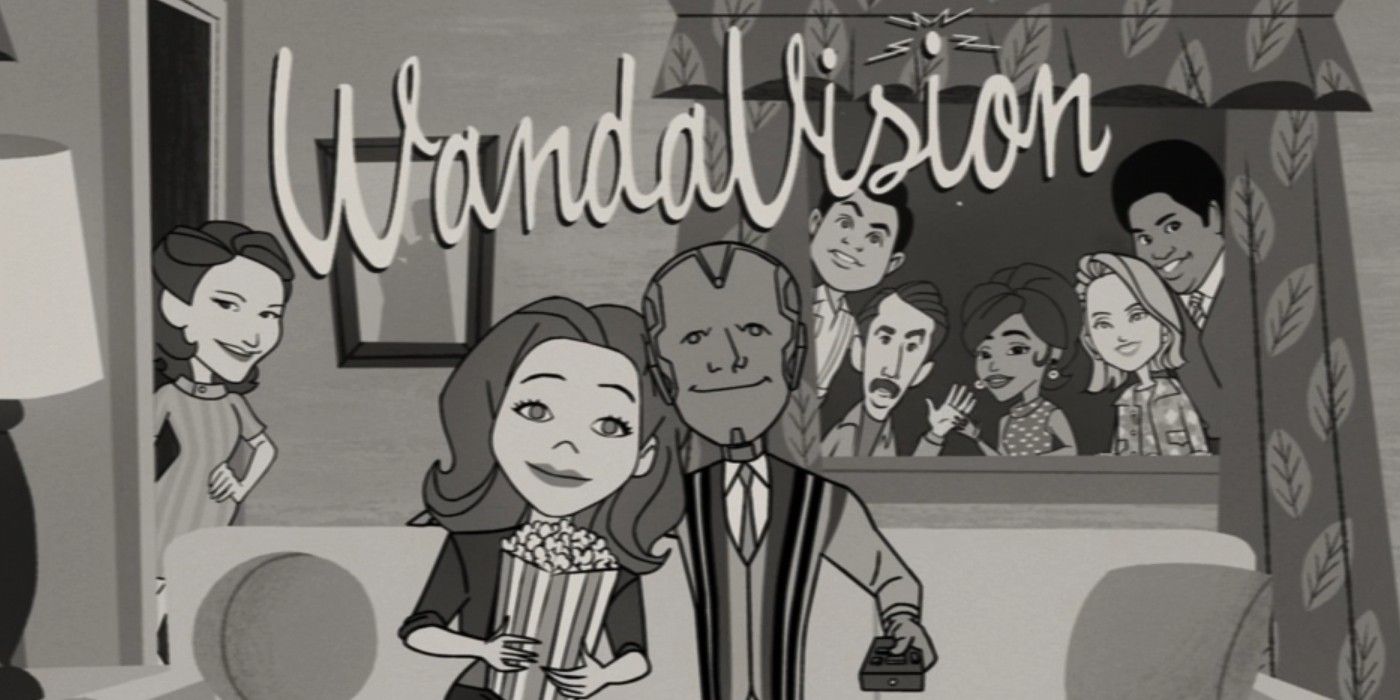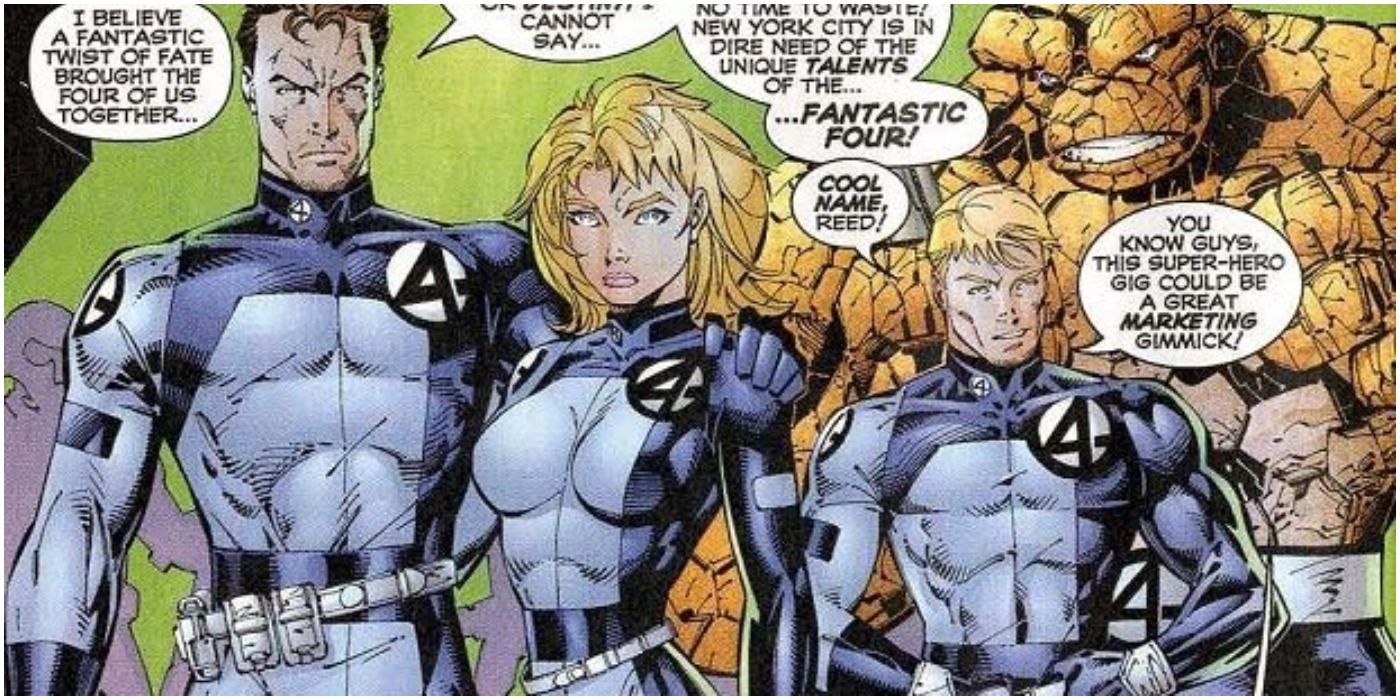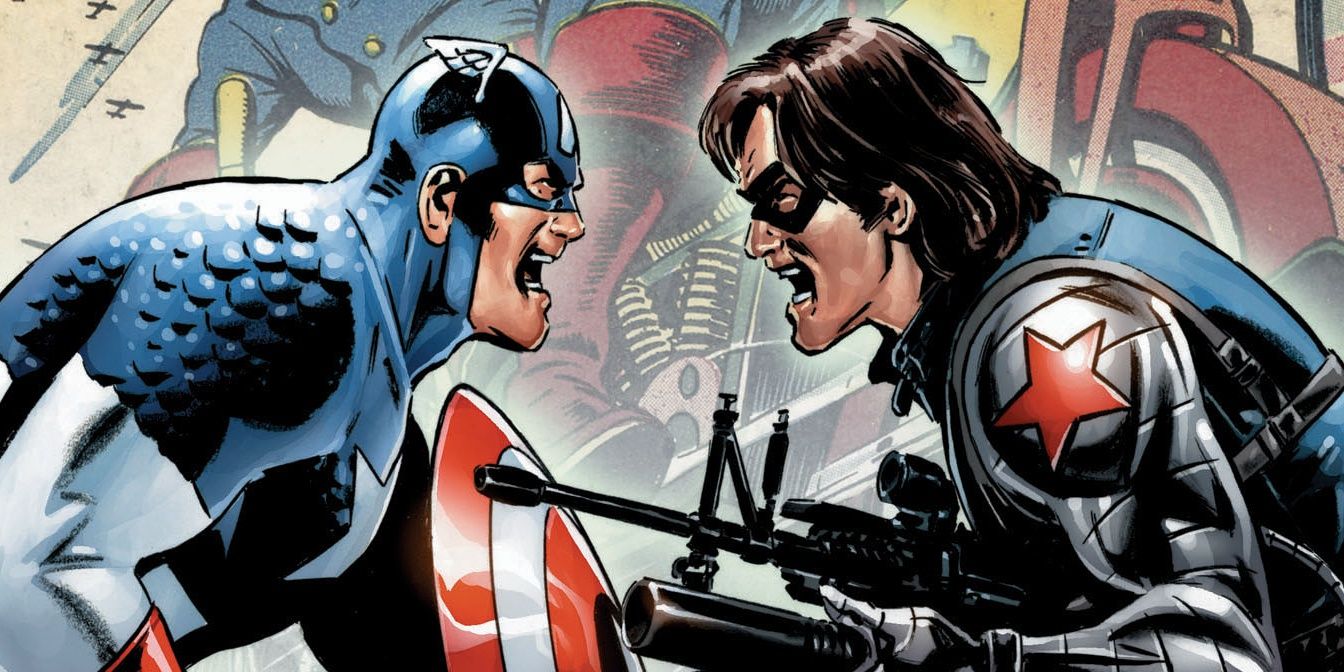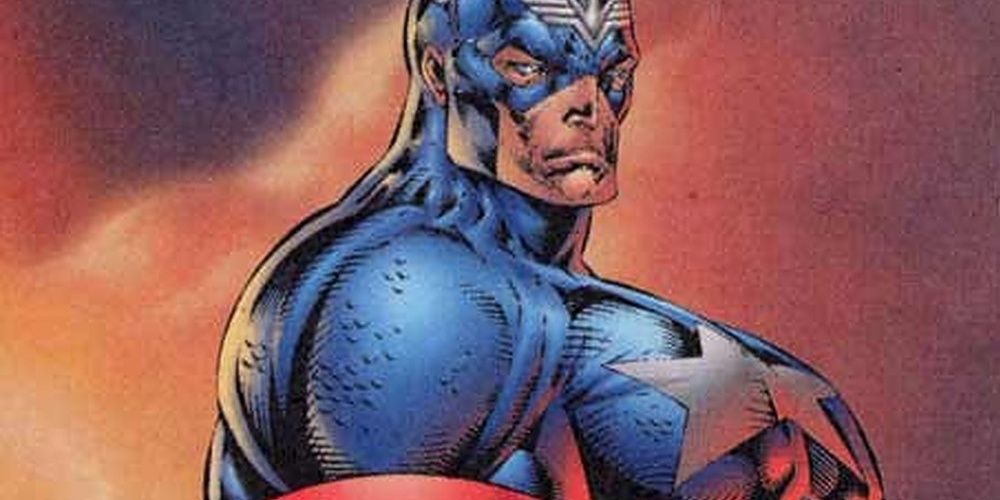Heroes Reborn will be a big new storyline for Marvel Comics in 2021, just as it has been before. Back in the mid-90s, Marvel was nowhere near the pinnacle of media the way they are now thanks to the success of the Marvel Cinematic Universe. Marvel used to be at rock bottom, and Heroes Reborn was a desperate Hail Mary to get them back on track.
With many of their flagship titles like the Avengers and Fantastic Four lagging in sales, Marvel brought in Image co-founders Jim Lee and Rob Liefeld to oversee a dramatic reboot. The results were mixed, to say the least. Many saw the effort as a gimmick and a failure, but in hindsight, there were some positives to it.
10 Aged Well: Updated Continuity
Not everybody was on board with a reboot for many of the main Marvel characters, but some aspects of their history hadn't aged particularly well. Fantastic Four #1 from 1961 was one of the highest-selling comics of the Silver Age, but their origin as presented back in the 60s didn't make a ton of sense. The team just snuck onto an experimental rocket in a highly secured area.
Heroes Reborn updated their origin so that Sue and Johnny Storm were financially connected to Reed Richards' scientific efforts, thus explaining their presence, and Ben Grimm was now a Gulf War vet as opposed to a World War II one.
9 Did Not: Didn't Succeed In Its Objective
The primary objective of the Heroes Reborn initiative was to increase the sales of the core comics – Fantastic Four, Avengers, Iron Man, and Captain America – by having Wildstorm Productions and Extreme Studios do the art and story. This simply didn't work. Sales never caught fire and a chronic problem of many Image comics – late books – plagued the Heroes Reborn titles from the start. Extreme Studios was eventually dropped entirely. Marvel dropped Extreme after just six issues, on account of late books and low sales.
8 Aged Well: Got Marvel Out Of the 90s Rut
In addition to the low sales plaguing the books, the core Marvel titles were also in a creative rut early in the 90s. Heroes Reborn at least got them out of it. Desperate to catch some of the flash of huge 90s successes like Age of Apocalypse of Knightfall, the Avengers stumbled into a controversial storyline called The Crossing. Iron Man may have saved the Avengers in the story, but first, he was revealed to be a covert accomplice of time-traveling villain Kang The Conqueror, and a murderer. He was killed and replaced by a teen Tony Stark before it was all forgotten.
7 Did Not: Outsourcing
The main selling point of the initiative was bringing back former Marvel superstars Jim Lee and Rob Liefeld to the company. On paper, it made a lot of sense. Both were still at the top of the industry with their respective studios. In the short term, it didn't work. In addition to late books and low sales, it alienated some Marvel fans and employees.
Writer Mark Waid and artist Ron Garney had already been bringing increased sales and critical acclaim to the Captain America monthly series and were bumped off the book for Liefeld and Extreme, to the disappointment of the creators and fans. Both eventually returned after the initiative ended a year later.
6 Aged Well: The Power Of Franklin Richards
At the heart of the story was Franklin Richards, an Omega-Level mutant – at least, until recently. Franklin creates the pocket universe of Heroes Reborn, saving the Avengers and Fantastic Four from the deadly power of Onslaught, and placing them in an entirely new world. This was a huge milestone for the cosmically powerful son of Reed and Sue Richards. Franklin would go on to grow into an even more powerful young man, but his exact status is somewhat up in the air at the moment.
5 Did Not: No Faith In The Characters
The dismissal of Mark Ward and Ron Garney from Captain America was evidence of a bigger problem. Marvel had simply lost faith in the classic characters that ushered in the Marvel Universe in the 1960s. These characters didn't have the recognition or interest of the X-Men or Spider-Man, and the solution wasn't to create better stories but continued to chase the dragon of the early 90s: the superstar artist. From a financial standpoint, it made sense, but as Marvel discovered, it didn't matter who drew the characters if there was no story behind it.
4 Aged Well: Potential Influence On The MCU
The Multiverse is going to play a major role in Phase 4 of the Marvel Cinematic Universe, and there are numerous alternate Earths the MCU could visit. The Heroes Reborn world of Counter-Earth could be one. The seeds for upending the reality and universe of the current MCU could already be in place in the new WandaVision series. Like Franklin Richards, Wanda Maximoff has reality-altering powers, as she proved to devastating effect in the iconic House Of M storyline.
3 Did Not: 90s Excess
The 90s was an extreme era in every way, particularly in the content and style of many comics. That carried over into the Heroes Reborn books. Though the Fantastic Four arguably never looked better, the new costumes Wildstorm gave them continued many 90s fads and trends.
Each costume was overwhelmed by the number 4, and of course, with it being the 90s, there were pouches. They weren't as excessive as other bad 90s costumes, but they weren't great, either.
2 Aged Well: Led To A New Golden Age For The Characters
Arguably, the best thing that came out of Heroes Reborn was what came after. The experiment failed in the moment, but it led to a creative renaissance for the characters. Once Marvel allowed the focus to shift back to just good storytelling, the books soared. Kurt Busiek's iconic run on Avengers began immediately after the initiative. Later, Ed Brubaker marshaled a new era for Captain America with the retcon of the Winter Soldier. Jonathan Hickman and James Robinson both wrote lauded modern runs on the Fantastic Four.
1 Did Not: Some Of The Art
The main selling point of the books was the art, but some of the art actually ended up being Heroes Reborn's biggest liability. A promotional image of Captain America by Rob Liefeld has become iconic for all the wrong reasons. With confusing anatomy and proportions – his chest is sort of jutting off sideways from his body – the image is evocative of the failures of this particular era. The focus wasn't where it needed to be with the characters and once it was, they were right back where they needed to be with readers.

